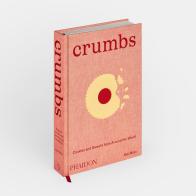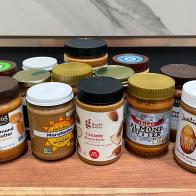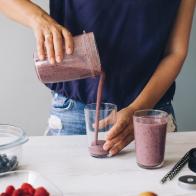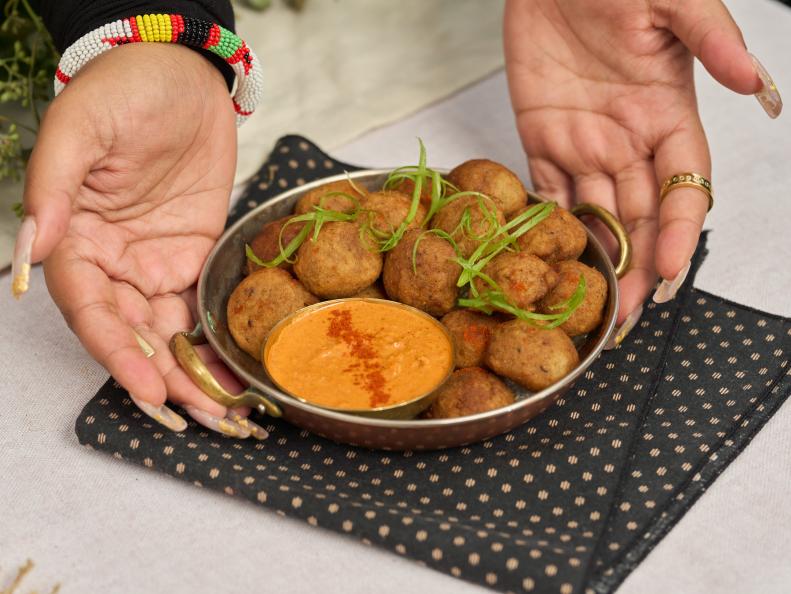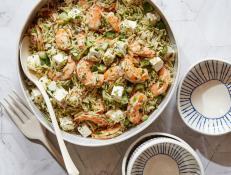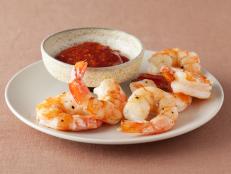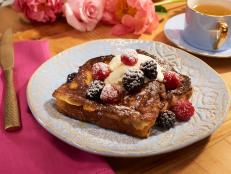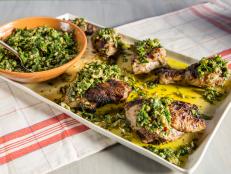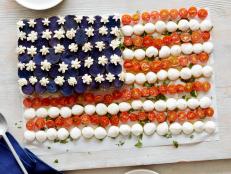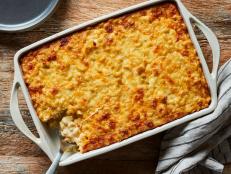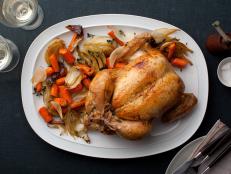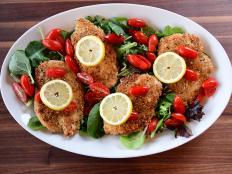36 Delicious Recipe Ideas for Kwanzaa
Updated on December 20, 2023
Whether you’re gathering with your community for a holiday feast or sitting down with family for a small, at-home celebration, these recipes make it easy to bring the best to your table.
Kwanzaa Recipes That Celebrate with Flavor
Kwanzaa is often marked by a vibrant spread of dishes that can have significant meaning to family celebrating and their history. If you're looking for some extra inspiration this year, start here. The first few recipes in this collection are from Food Network's digital series, The Kwanzaa Menu, hosted by Tonya Hopkins (who you might know as the Food Griot). She invited a line-up of guests to cook a recipe for each day of Kwanzaa and explore the stories and history behind the dishes.
For instance, take akara (a Yoruba and Igbo word referring to a bean cake or fritter), which has long been a popular street snack throughout West Africa and shows up prominently in Atlantic Creole cookery all over the New World, including the American South. The fritters are made with black-eyed peas, which are an ancient indigenous staple of the Senegambian diet and popularized by Black American cooks (many descendants of that region) after the Civil War. Representing resilience and blessings, black-eyed peas are a long-standing symbol of good luck.
get the recipe
More photos after this Ad
Good Deeds Greens
This recipe's medley aspect highlights collective work and responsibility come to life via all the extra hands needed to clean and dice up the greens! It’s also great to use three different types of greens for taste and texture diversity. And the integral layering of leaves, alliums and seasonings throughout the pot is another example of the collective work it takes to get to the top. For a festive flare, the recipe factors in more colors — red, yellow and orange bell peppers, as well as some green ones too, cut into circles and added towards the end of cooking — to be displayed on the uppermost layer of the greens in the serving dish on the table.
get the recipe
More photos after this Ad
Amazing Hibiscus Mulled Wine Mocktail and Kwanzaa Mimosa
This mulled wine mocktail is a deliciously spiced blended beverage of African teas (red rooibos and bissap — or hibiscus) and ripe red fruit (tart cherry) yielding a seasonally appropriate (and culturally significant!) deep red color with aromatics of Ancient Africa (clove, pepper, ashanti pepper). Tonya Hopkins and Kenya Parham created this flavor-filled potion for Kwanzaa’s many planned (and improvised!) multigenerational gatherings of family and friends over the course of the holiday’s seven days and six nights. A reclamation of colonized, classic holiday season spices with both warming and healing properties, it’s a lovely ancestrally inspired aftercomer to the Christmas Eve and Day tradition of their Dad’s signature spiced hot cider. It looks and smells so amazing while being made that they love ladling steamy servings straight from the pot it just simmered up in. But because the flavors only get better each day, they suggest you also make a big enough batch for reheating in the days ahead — AND so it can morph from hot mocktail to a chilled cocktail (a Kwanzaa mimosa!) — complete with a zawadi (gift) cube! You’ll also be ready with two options for the kikombe cha umoja (unity cup) when it’s time for the holiday’s libations ceremonies.
get the recipe
More photos after this Ad
Black Sable Rice Calas
Calas are semisweet fried rice cakes (an evolution of the beignet) seasoned with warming spices (e.g., ginger, cinnamon and nutmeg) and so appropriate for this Yuletide season. They are akin to rice pudding fritters, with a smooth and creamy yet textured interior and a satisfyingly crispy exterior. The word "cala" comes from one or more African languages. Calas were one of many foods made and sold by both enslaved and free women of color in New Orleans. They are a symbol of the frugality, inventiveness, self-reliance and entrepreneurial spirit of Black women food vendors throughout the Thirteen Colonies and entire Eastern Seaboard for centuries, not unlike several entrepreneurial ancestors in our family whose stories we remember during Kwanzaa and always. Sprinkled lightly with coconut crystal sugar while warm, or for an even sweeter treat, drizzled with a (preferably all-natural) syrup of your choice, they’re great accompaniments to a freshly brewed pot of Kenyan (or other African/Diasporic) coffee.
get the recipe
More photos after this Ad
















